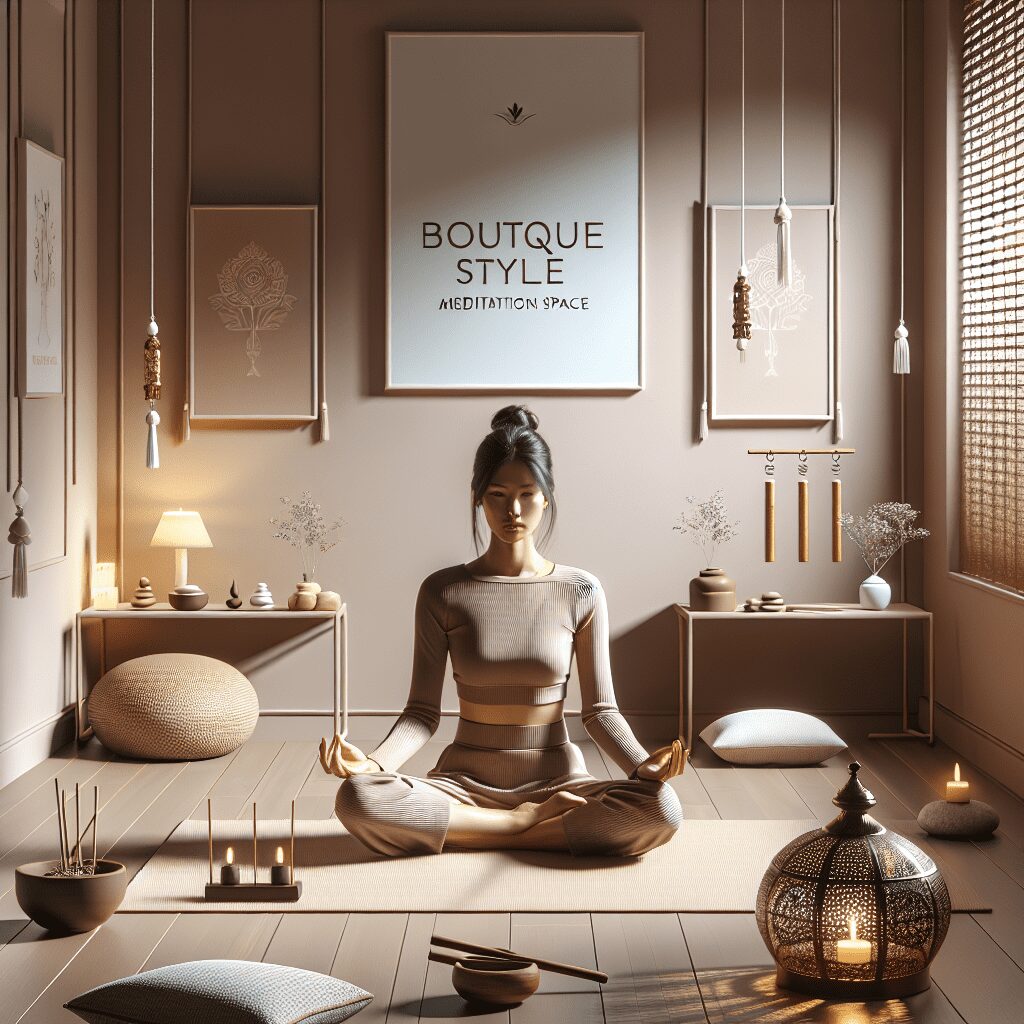
Prioritize your mental well-being daily. Enhance your life by nurturing your mental health with the Smart Meditation app. Break free from stress, alleviate anxiety, and enhance your sleep quality starting today.
Does The Pain Cause The Anxiety Or The Anxiety Cause The Pain?
Unraveling the Chicken-and-Egg Scenario of Pain and Anxiety
In the intricate dance of mental and physical health, pain and anxiety often tango together, stepping on each other’s toes and leaving us wondering: which came first, the pain or the anxiety? This question isn’t just philosophical musing; it has real-world implications for how we approach treatment and manage our well-being. So, let’s dive into this conundrum with the finesse of a seasoned detective piecing together clues from the crime scene.
The Bidirectional Highway: How Pain and Anxiety Interact
First off, it’s crucial to acknowledge that the relationship between pain and anxiety is as tightly knit as the bond between peanut butter and jelly – they just seem to stick together. But why is that? Well, let’s break it down.
Pain Leading the Anxiety Parade
Imagine this: you’re going about your day, minding your own business, when suddenly – ouch! – you’re blindsided by a wave of pain. Maybe it’s a migraine that feels like a jackhammer to your skull, or perhaps it’s back pain that makes every movement feel like a Herculean effort. As this uninvited guest lingers, it’s not just your physical comfort that takes a hit. Your mental equilibrium starts to wobble, too. Here’s how:
- The Stress Response: Pain triggers the body’s stress response, setting off alarms in your brain that something is not right.
- Hijacked Focus: Chronic pain demands attention, forcing the brain to remain on high alert, which can be downright exhausting and stressful.
- Lifestyle Limitations: With pain cramping your style, you might start to miss out on activities you love, and that isolation can fan the flames of anxiety.
Anxiety Adding Fuel to the Pain Fire
Now, let’s flip the script. Your brain is a constant chatterbox of worry and what-ifs. That constant hum of anxiety does more than just fray your nerves; it can actually dial up the volume on pain. Here’s the lowdown:
- Tensed-Up Territory: Anxiety keeps your body in a state of high tension, and this muscle tension can lead to pain or exacerbate existing pain.
- Pain Perception: When you’re anxious, your brain is more sensitive to signals from your body, including pain signals. This means pain can feel more intense than it would if you were cool as a cucumber.
- The Sleep Struggle: Anxiety often brings along its buddy, insomnia, which can reduce your body’s ability to recover from pain.
Navigating the Muddy Waters: Treatment and Management
Knowing that pain and anxiety are as entangled as a pair of earphones in your pocket, how do we untangle and manage them? Here are some strategies:
- Mind-Body Approaches: Techniques like meditation, yoga, and mindfulness can help calm the mind and, in turn, ease the body’s pain response.
- Physical Therapy: Tailored exercise programs can tackle the physical aspects of pain, potentially reducing the need for pain medication that might only offer short-term relief.
- Cognitive Behavioral Therapy (CBT): CBT focuses on changing patterns of thinking or behavior that are behind people’s difficulties, and it can be effective for both anxiety and pain management.
- Medication: In some cases, medications can help manage either condition or both, under the guidance of a healthcare professional.
The conundrum of whether the pain causes anxiety or anxiety causes pain doesn’t have a one-size-fits-all answer. Like a detective sifting through clues, healthcare providers often have to approach each case individually, understanding that the relationship between pain and anxiety is a dynamic interplay rather than a simple cause-and-effect scenario.
By adopting a holistic approach that acknowledges the intricate dance between mind and body, we can start to make meaningful strides towards managing both pain and anxiety. After all, in the grand scheme of things, whether pain or anxiety steps onto the dance floor first isn’t as critical as finding the right rhythm to dance to a tune of wellness and resilience.





